What Happens if Positive and Negative Wires Touch? (From Spark to Safety)
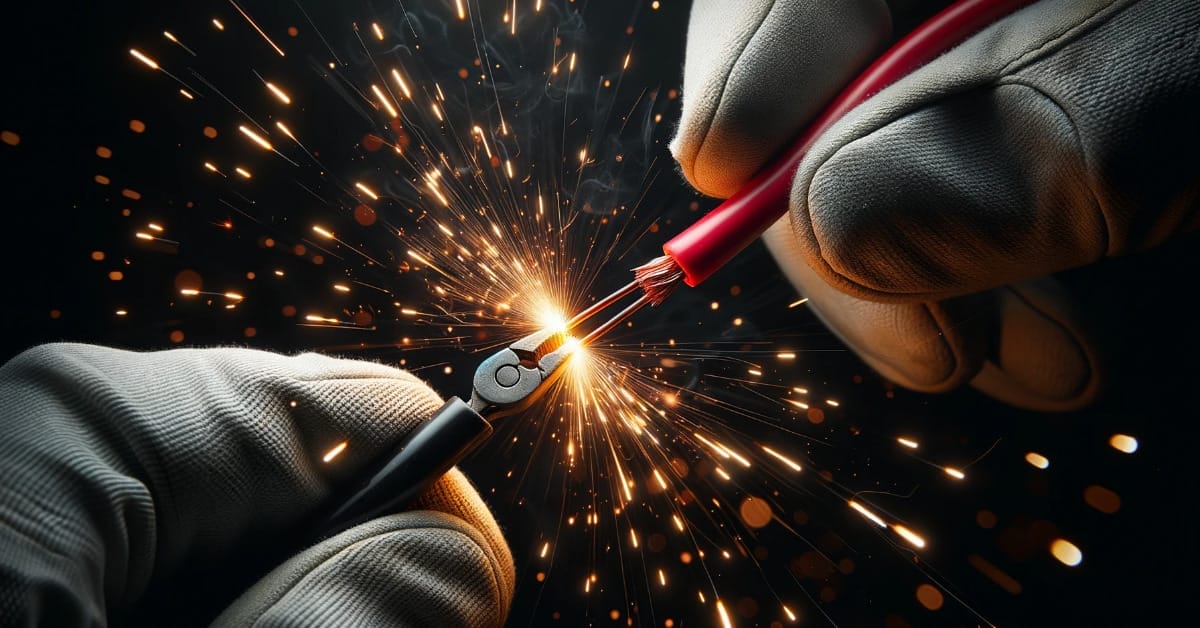
Have you ever wondered what happens if positive and negative wires touch? It’s not something I’d recommend trying at home, but let’s satisfy your curiosity.
A short circuit can lead to serious consequences when positive and negative electrical wires connect.
We’ll explore what causes a short circuit, how dangerous it is, and how to prevent it from happening in your home or workplace. But understanding is just half the battle—practical safety measures, effective emergency responses, and essential maintenance tips to ensure you’re well-equipped to navigate any electrical challenges.
We’ll delve deeper below.
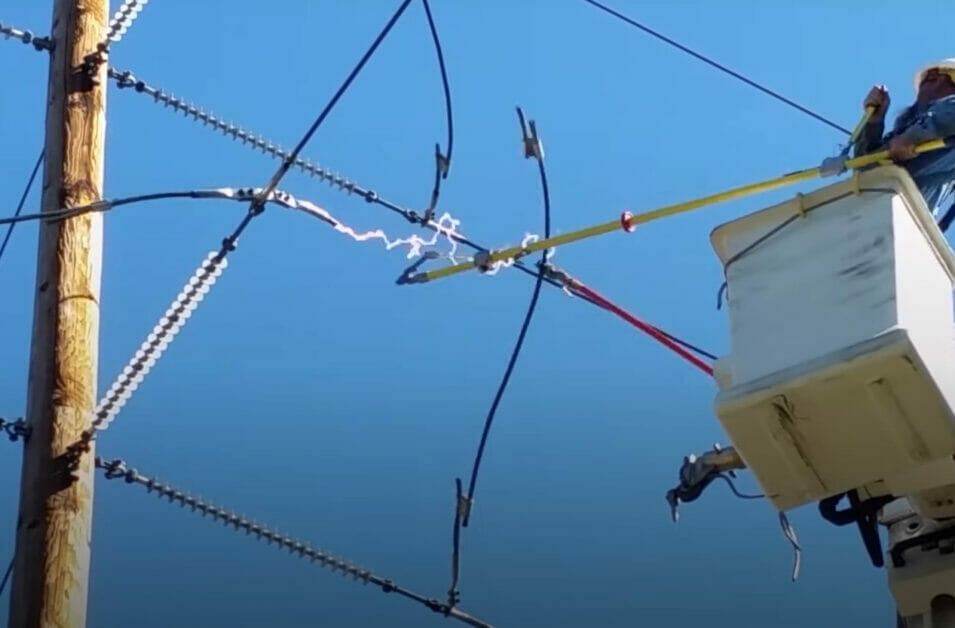
Decoding the Electrical Short Circuit
Here’s the scoop: when positive and negative wires touch each other, it’s a straight path to an electrical short circuit. This is not your everyday event!
When this happens, electricity finds a new route with less resistance than the original one. You may think of it as water flowing in a river, bypassing a dam via a side stream, because there’s less obstruction.
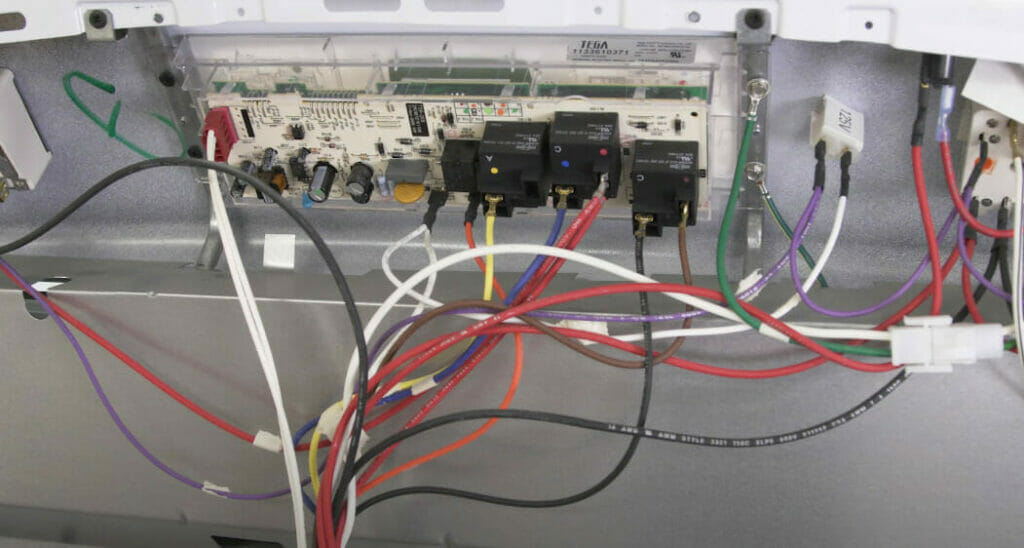
Consequences of a Short Circuit
Now, let’s dive into the nitty-gritty: what happens when positive and negative wires touch? Spoiler alert – it’s not pretty.
You’ve got a bona fide short circuit on your hands, which has serious consequences.
| Issue | Consequence |
|---|---|
| Overloading and overheating | Risk of melting wires and potential fire hazards |
| Damaging appliances | Can render electrical devices beyond repair |
| Risking human safety | May lead to serious injuries or fatal electrocution |
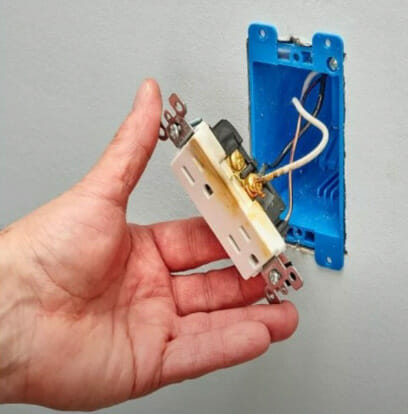
Typical Causes of Short Circuits
Short circuits can occur due to various factors. Understanding these common causes can help you prevent electrical mishaps in your home:
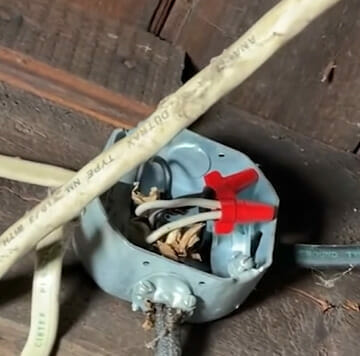
- Exposed Wiring: Damaged or exposed electrical wiring is a prime cause of short circuits. Wires that have lost insulation or are frayed can touch, leading to electrical faults.

- Faulty Appliances: Malfunctioning or old appliances can develop internal wiring issues, increasing the risk of short circuits.
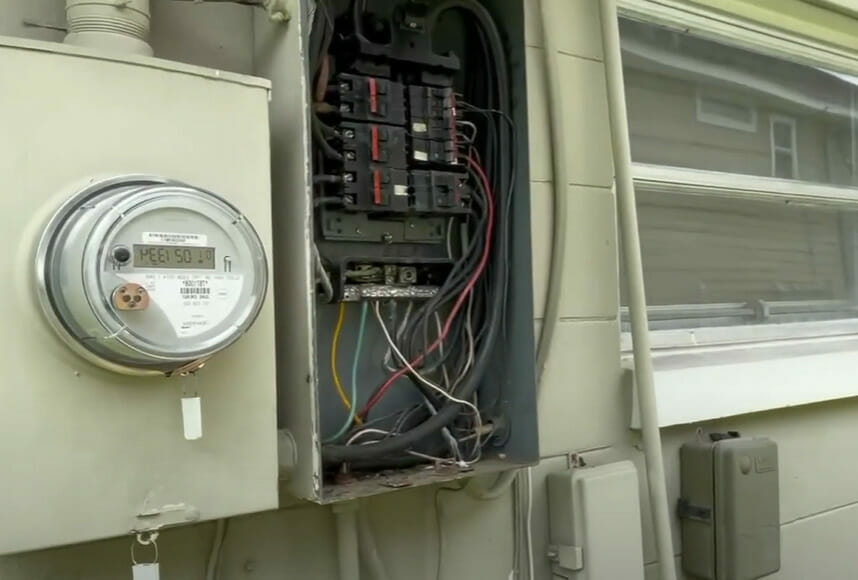
- Overloaded Circuits: Plugging too many devices into a single circuit can overload it, causing wires to heat up and potentially short circuits.
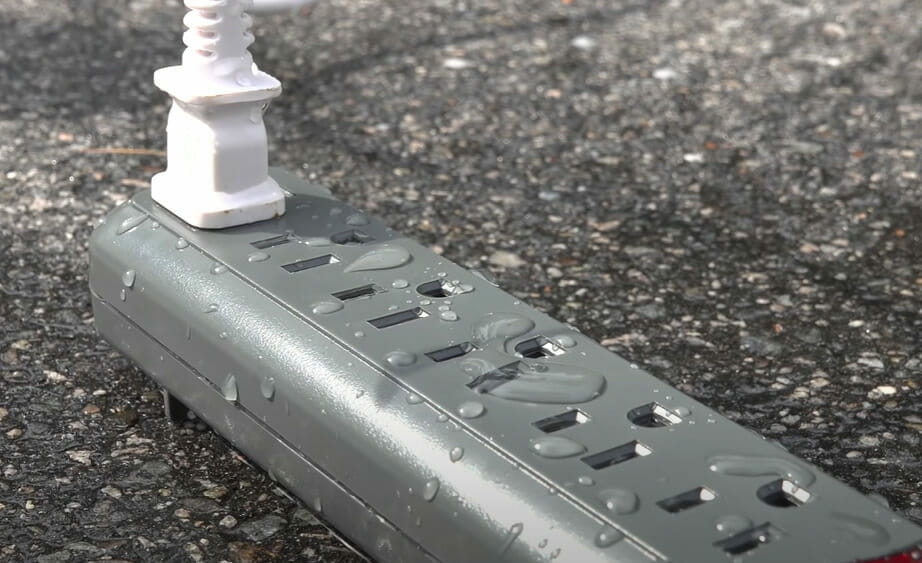
- Water Exposure: Wet areas pose a higher risk. Ensure outlets in these places have GFCIs for safety.
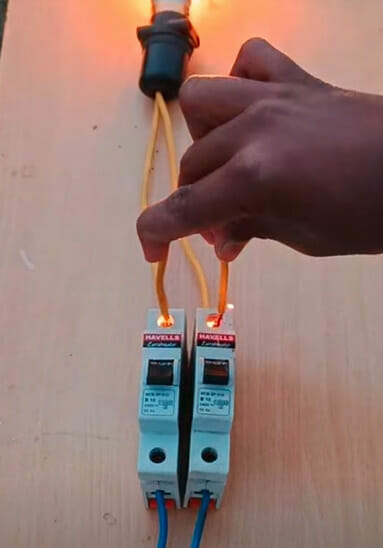
- DIY Errors: Incorrect electrical work can cause short circuits. It’s advisable to hire a licensed electrician.
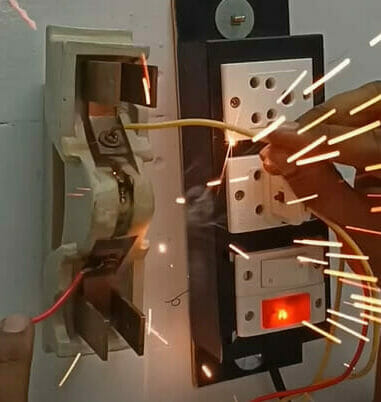
Protection Mechanisms
What safeguards your electrical systems from chaos when positive and negative wires touch? Let’s dive right in.
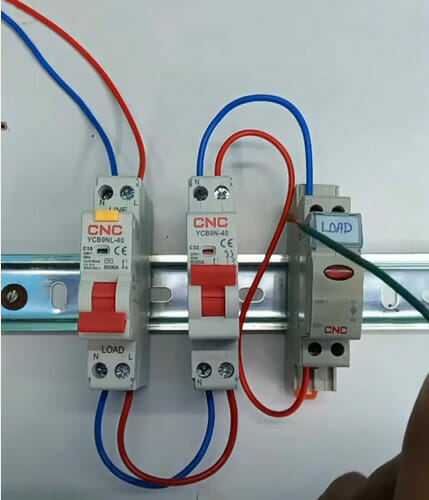
- Circuit Breakers or Fuses:
- It acts as a defense against electrical overload. They monitor the flow of current and trip or blow if an unusual surge is detected, preventing potential fires and equipment damage.

- Ground Fault Circuit Interrupters (GFCIs):
- Protect from electrical shocks caused by ground faults. GFCIs monitor current and shut off power when an imbalance is detected, which is especially useful in water-prone areas.
- Arc-Fault Circuit Interrupters (AFCIs):
- Detect and prevent dangerous arc faults. AFCIs monitor for signs of arcing and disconnect power to prevent fires.
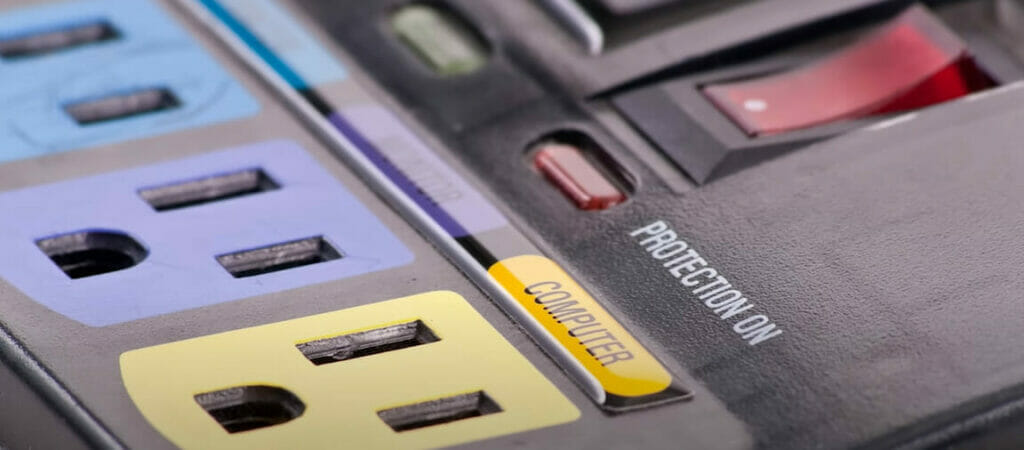
- Surge Protectors:
- Surge protectors are essential for safeguarding electronic devices from voltage spikes or surges. These spikes can occur due to lightning strikes, power grid fluctuations, or even switching on high-power appliances.
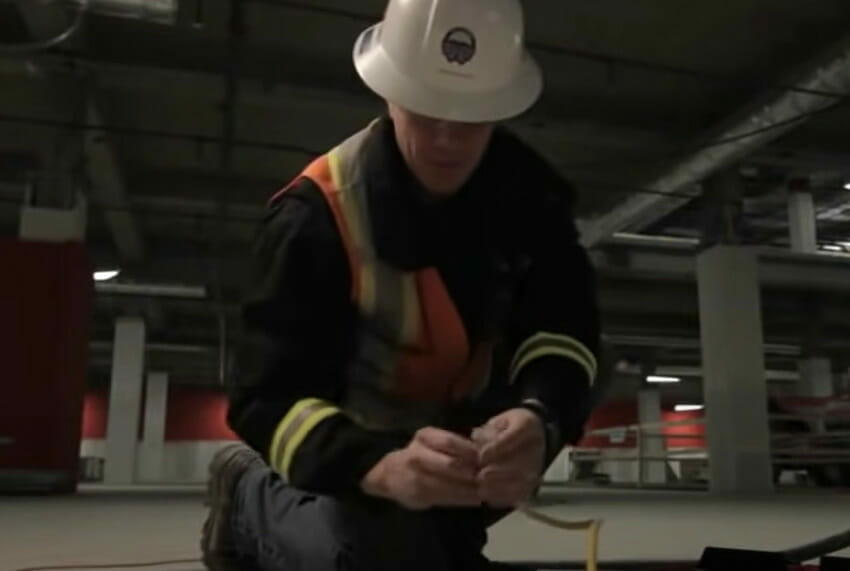
Staying Safe: Proactive Measures and Emergency Protocols
When dealing with electrical wires, it’s absolutely essential to prioritize safety. I can’t stress this enough – electricity should not be taken lightly.
So, if you find yourself in a position where you’re handling positive and negative wires, there are certain precautions that you should follow.

- Always turn off the power source before working with any wiring. It’s easy to forget or overlook this step, but it’s critical for preventing potential accidents.
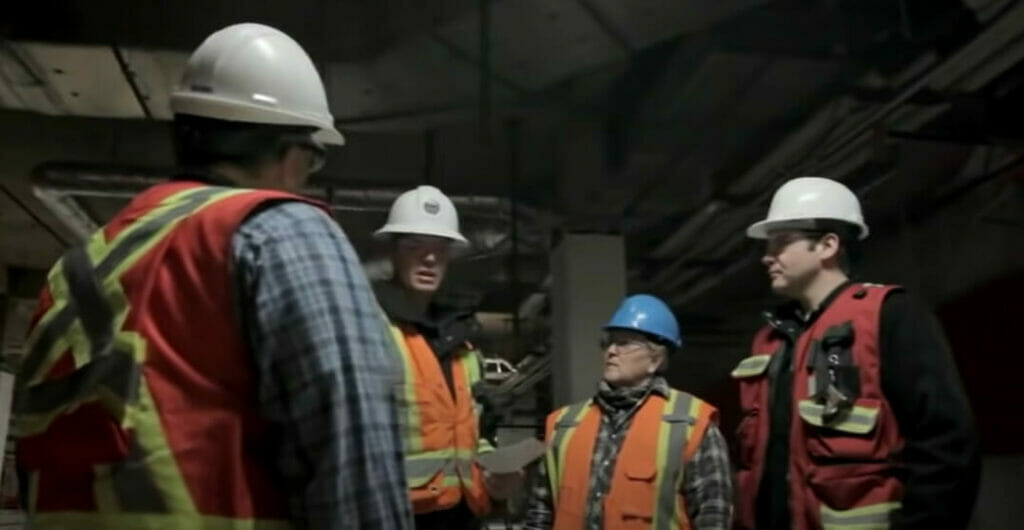
- Use the correct tools for the job. This includes rubber gloves and insulated tools specifically designed for electrical work. These items provide additional protection against electric shocks.

- Never touch bare wires together without ensuring they’re meant to connect! If positive and negative wires touch when powered, it can cause a short circuit, which could lead to fires or equipment damage.
What to Do If Wires Touch
Have you ever found yourself in a situation where positive and negative wires accidentally touch? It’s a scary thought, but it doesn’t have to be.
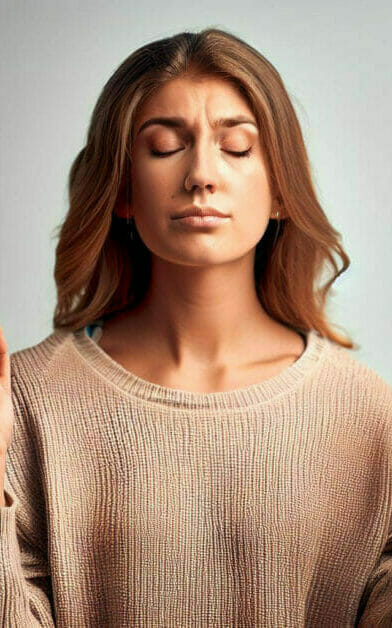
- Don’t panic: Yes, it’s dangerous – but only if not handled correctly. Your safety is paramount, so always deal with the situation calmly and logically.
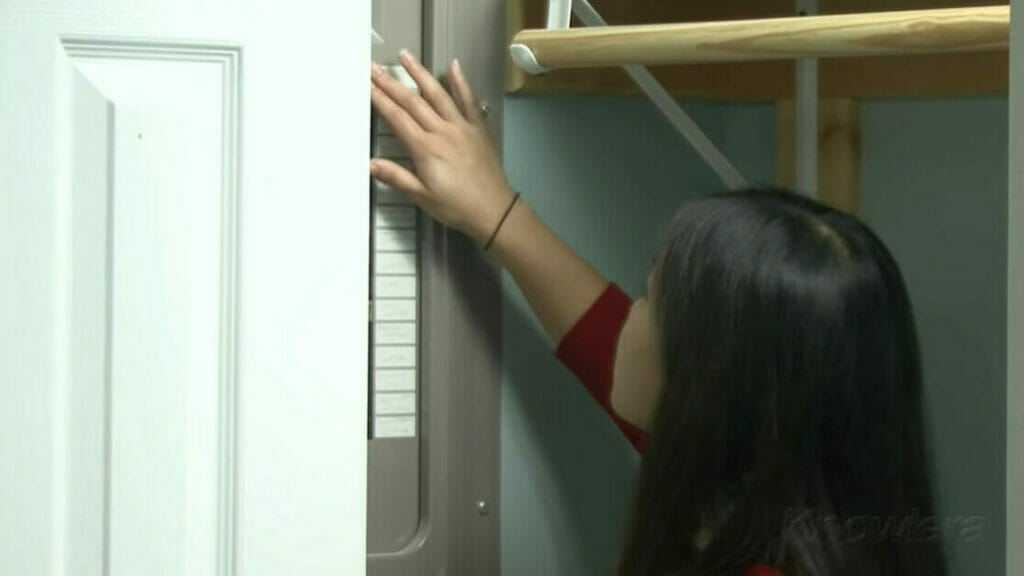
- Disconnect the Power Source: This is crucial because doing so will stop any further electrical flow that could lead to more serious consequences like an electrical fire or damage to your device.
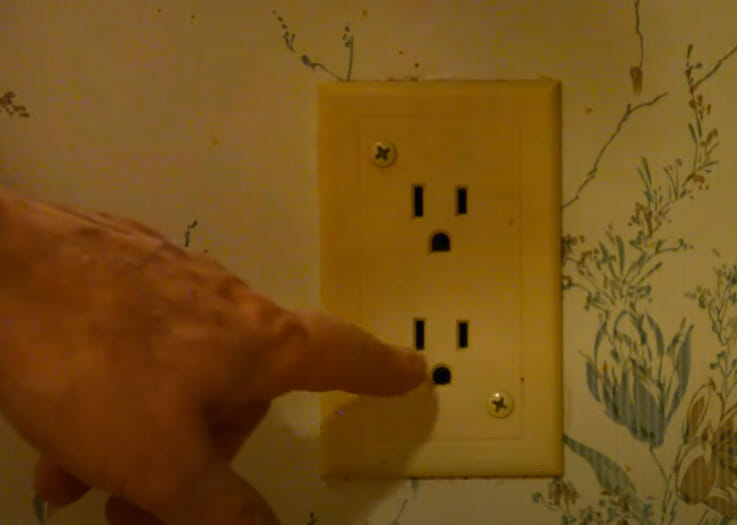
- Thorough Inspection: Often, when wires touch, they can cause short circuits, which might lead to physical harm like burns or melted insulation. If you spot anything unusual, it’s best not to use the affected appliance until a professional repairs it.
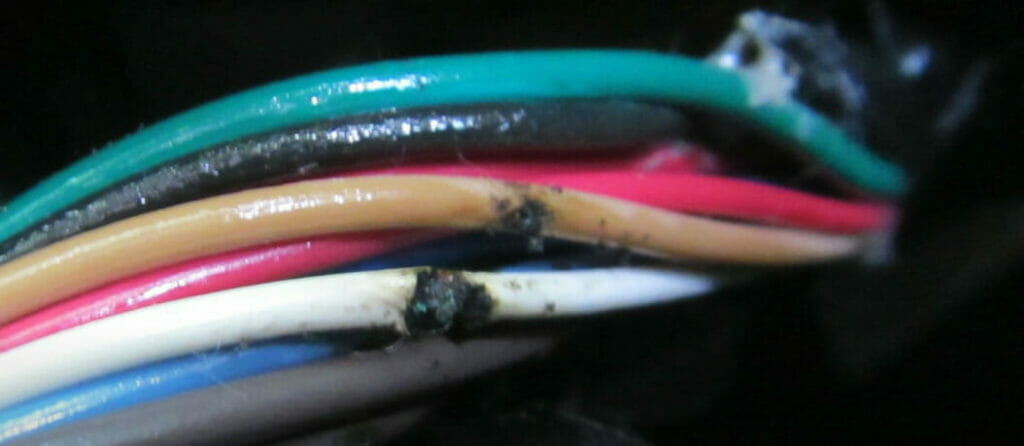
- Exercise Caution with Damaged Devices: If you observe any visible damage to the wires or the connected device, refrain from using it until a professional technician can assess and repair it safely.
Emergency Response
Electrical emergencies can be alarming, but knowing how to respond can make all the difference. We have outlined essential steps to take in electrical emergencies, ensuring your safety and that of others.
| Emergency Situation | Recommended Response |
|---|---|
| Electrical Shock | Don’t touch. Isolate the area, keep people away, and contact a licensed electrician. |
| Electrical Fire | Don’t touch the victim. Disconnect power or use non-conductive items to separate them. Call 911. |
| Power Outage | Don’t use water. Use a Class C extinguisher if available. Otherwise, evacuate, close the door, and call the fire department. |
| Exposed Wires | Don’t touch. Isolate the area, keep people away, and contact a licensed electrician. |
| Burns/Injuries | Treat with cold, running water for 10 minutes. Seek medical attention immediately. |
Additional Safety Tips
In addition to the safety measures mentioned earlier, consider these additional tips to enhance electrical safety in your home:
| Safety Measure | Description |
|---|---|
| Childproof Outlets | Install outlet covers to prevent children from inserting objects into outlets. |
| Regular Inspections | Check the electrical system for wear, damage, or overheating signs, including outlets, switches, and breaker panels. |
| Avoid Daisy Chaining | Don’t plug one power strip into another. Risks overloading and short circuits. |
| Proper Cord Use | Avoid running cords under rugs or carpets to prevent damage and overheating risks. |
| Unplug Unused Devices | Unplug devices not in use, especially those with transformers. Some devices draw power even when off, posing a fire risk. |
Safety Equipments
Having the right safety equipment on hand can make a significant difference in mitigating electrical emergencies. Here’s a list of essential safety equipment to consider:
| Equipment/Information | Description |
|---|---|
| Fire Extinguishers | Place in key areas (e.g., kitchen, garage). Ensure they’re suitable for electrical fires (Class C). |
| Smoke Detectors | Install on each home floor and in every bedroom. Test regularly and replace batteries as needed. |
| First-Aid Kit | It should be easily accessible. Stock with bandages, antiseptic wipes, scissors, and tweezers. |
| Flashlights and Lanterns | Use battery-powered ones for power outages. Avoid candles due to fire risk. |
| Emergency Contacts | It should be easily accessible. Stock with bandages, antiseptic wipes, scissors, and tweezers. |
| Non-Conductive Tools | Use for electrical work. E.g., insulated pliers and screwdrivers. Reduces electric shock risk. |

Maintenance Best Practices
Maintaining your electrical systems is crucial for ensuring safety and preventing accidents. Here are valuable tips to help you keep your electrical systems in shape.
- Routine System Checks: Consistently monitor your electrical system, looking out for wear, potential damage, or exposed wiring. Give particular attention to outlets, switches, and breaker panels.
- Outlet Integrity Tests: Deploy outlet testers to ascertain the reliability of your electrical sockets. Guarantee every outlet is grounded properly and that GFCI outlets, especially in moisture-prone zones, function as they should.
- Cord Vigilance: Examine power and extension cords for any signs of wear or exposed wires. Promptly replace any compromised cords. Refrain from placing cords under rugs or carpets; it’s a hidden danger.
- Appliance Maintenance: Adhere strictly to manufacturers’ care instructions for electrical appliances. Regularly assess them for atypical noises, odors, or signs of overheating.
- Lighting Care: Swiftly replace any burnt-out bulbs to deter overheating issues. Contemplate transitioning to energy-efficient LED bulbs for cooler, prolonged illumination.
- Breaker Tests: On occasion, manually reset your circuit breakers. Consistent tripping could be a red flag for circuit overloads or more nuanced problems.
- Professional Inspections: Every 3-5 years, commission a comprehensive electrical review by a licensed electrician. This ensures that lurking issues are addressed, and your system adheres to all safety regulations.
Frequently Asked Questions
- What should I do if I experience a minor electrical shock?
- If you experience a minor shock, immediately disconnect from the electrical source and seek medical attention, especially if you experience any unusual symptoms or discomfort.
- How often should I test my GFCI outlets?
- GFCI outlets should be tested monthly to ensure they are functioning correctly. Press the “Test” button, and if the outlet resets, it works properly.
- Can I use extension cords for permanent connections?
- No, extension cords are intended for temporary use. It’s best to install additional outlets by a licensed electrician for permanent connections.
- What causes circuit breakers to trip frequently?
- Frequent circuit breaker trips may be due to overloaded circuits, short circuits, or faulty appliances. Consult a professional electrician to diagnose and address the issue.
- How can I protect my electronics from power surges?
- Invest in surge protectors and use them to plug in sensitive electronic devices. Surge protectors divert excess voltage and help safeguard your electronics.
- Is it safe to DIY electrical repairs and installations?
- DIY electrical work can be dangerous. Hiring a licensed electrician for significant electrical tasks is advisable for safety and compliance with electrical codes.
References
Website Resources:
- Electrical Safety Foundation International (ESFI). https://www.esfi.org/
- Occupational Safety and Health Administration (OSHA). https://www.osha.gov/
Video Resources:
MonkeySee
faizanfaizu.78
DIYwithWayne
Your ACSA Safety
Techquickie
Came Home Inspection Services
Cameo Home Inspection
This Old House
Power Probe USA
extensionpowercables8303
CNCElectric1988
electrobehind9038
satyamchaudhar620
Silver Cymbal
The Electrical Craftsman
PKC Housing Tenants
EverydayHomeRepairs
Auxlectrical Tv
Amre Supply
Interesting Engineering

